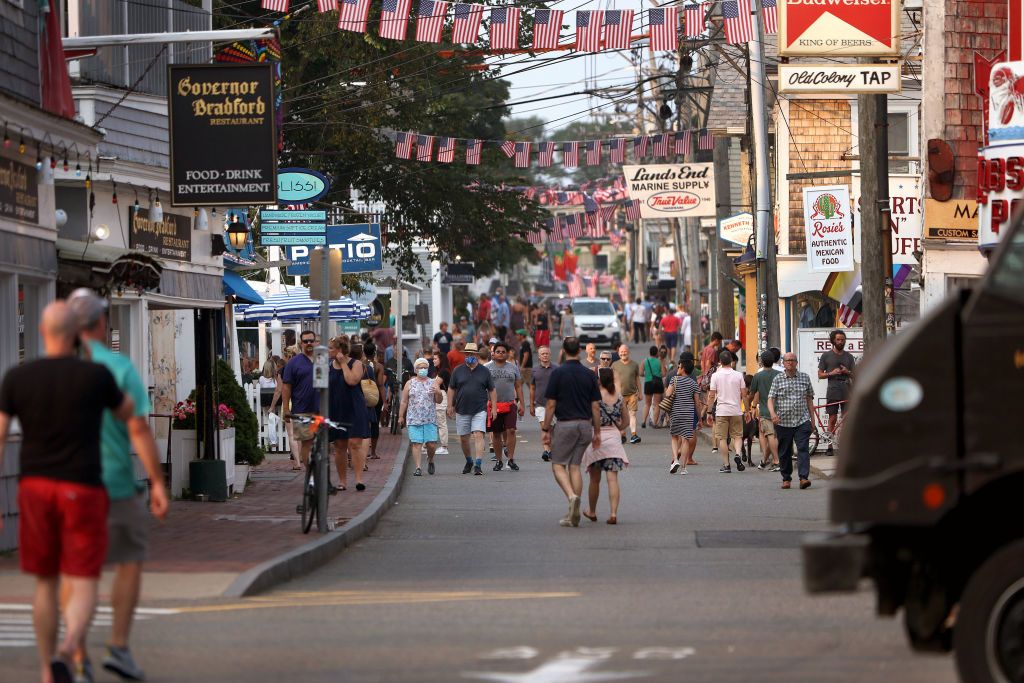So, my rational thought process was:
a. There is a highly contagious disease "in the wild";
b. based on previous experience, most cases of the disease get reported 2-3 weeks after the person was first infected;
c. July 4th (big holiday in the US) + 3 weeks = July 25th
so hey, let's see what direction cases are going?
Add the the above:
d. There is a *new* mutation of the virus;
e. This virus is even more contagious/transmissable than the original virus;
f. Huge numbers of people in certain states have *NOT* gotten vaccinated;
g. Because of various cognitive errors, mask wearing and other precautions have been thrown by the wayside; &
h. Large percentages of the population are both i) at risk & ii) engaging in high risk behaviors,
therefore, it seemed reasonable to expect that certain locations would be likely to experience outbreaks. So, it seemed like a good time to look at the data!
You are right that others may be trying to twist the data certain ways, but nothing beats have a hypothesis AND a mechanism of action.
And here is a check up one week later:
here is Alabama...which way is this going?
View attachment 21118
A news report stated that Vermont was "the most vaccinated state" with an overall percentage of around 67% of the population vaccinated.
How are they doing?
View attachment 21119
If there is any saving grace, a year later, it is that the hospital ICU treatment has gotten much better, and deaths have dropped off. However, if the ICU is full, and you can't get that treatment, you are going to be in a tough spot.
Here is the best opinion piece I've read recently:
Alex Busko, sharing what he's seen as unvaccinated patients get admitted into the hospital with Covid-19 complications, writes that he lost count of how many young healthy Covid-19 patients he cared for in the emergency room who just never imagined that they -- of all people -- could become...

www.cnn.com




 Loki haha
Loki haha  but still pretty gnarly) and tho we're all Vaxxed cause you know we're not idiots, all plans have been canceled to visit jobsites in Canada and Mexico, and all family meets have been canceled until Covid-19 infection rates flatten out. Right now things are just moving too quickly and just too sketchy to take many chances with our young children older family.
but still pretty gnarly) and tho we're all Vaxxed cause you know we're not idiots, all plans have been canceled to visit jobsites in Canada and Mexico, and all family meets have been canceled until Covid-19 infection rates flatten out. Right now things are just moving too quickly and just too sketchy to take many chances with our young children older family.